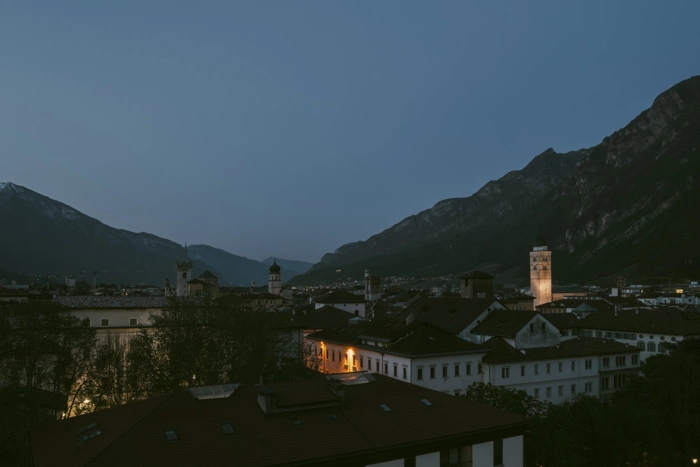Trento, or Trent in English, could be mistaken for somewhere in the Austrian or Swiss Alps.
That’s because this smallish Italian city within the shadow of Dolomite peaks was from 1027 until 1801 a prince-bishopric in the Holy Roman Empire — a Germanic confederation that was, according to Voltaire, neither holy nor Roman nor an empire — until the temporal power of the bishopric was abolished during the Napoleonic Wars. Austria had possession of the region after Napoleon’s defeat until the Habsburg dynasty collapsed after World War I.
While firmly part of Italy for more than a century, influences from that rich and complicated past can be seen in the architecture and tasted in the food and wine. Trento also serves as a dividing line with Italy’s German-speaking minority dominating the population farther north of here.


